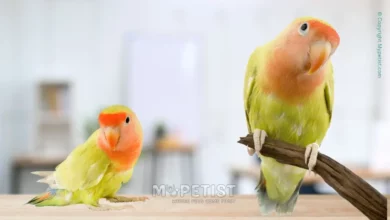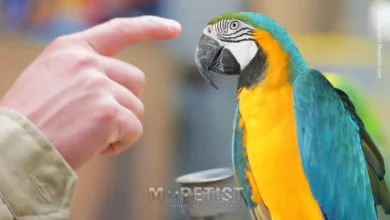-
Behavior

Expert Tips to Stop Dog Barking Behavior: Soothing the Savage Bark
Dogs are known for their loyalty, companionship and protective instincts. However, excessive barking can be a source of annoyance for…
-
Behavior

How To Stop A Dog From Digging in The Yard
Digging can be a major problem for dog owners and can cause damage to the yard. If your dog is…
-
Birds

Best Ways to Bond With Your Pet Bird
Having a pet bird is a unique and rewarding experience. If you’re looking for new ways to bond with your…
-
Pet Care

How To Bathe Your Pet Bird: The Ultimate Bird Bathing Guide
Having a pet bird can be an incredibly rewarding experience. From the beautiful sound of song to the wonderful company…
-
Pets

The Benefits of Owning a Cat: How They Improve Your Life
Are you considering getting a pet? Look no further than our feline friends. Cats are more than just cute and…
-
Pets

The Ultimate Guide to Pet Nutrition: What to Feed Your Furry Friend
As pet owners, we all want what’s best for our furry friends. One of the most important aspects of caring…
-
Behavior

Pet Behavioral Problems: How to Identify and Correct Them
As a pet owner, it’s natural to want your furry friend to be the perfect companion. However, there are times…
-
Behavior

How to House Training Your Puppy: Tips and Tricks for Success
Bringing a new puppy home can be an exciting and rewarding experience, but it can also be challenging at times.…
-
Birds

12 Tips on How To Train A Parrot To Talk
Teaching your pet parrot to talk can be a rewarding experience for both you and your feathered friend. Training a…
-
Uncategorized

How to Choose the Right Pet for You: A Comprehensive Guide
Bringing a pet into your life can be a wonderful addition, but it’s important to choose the right one for…
